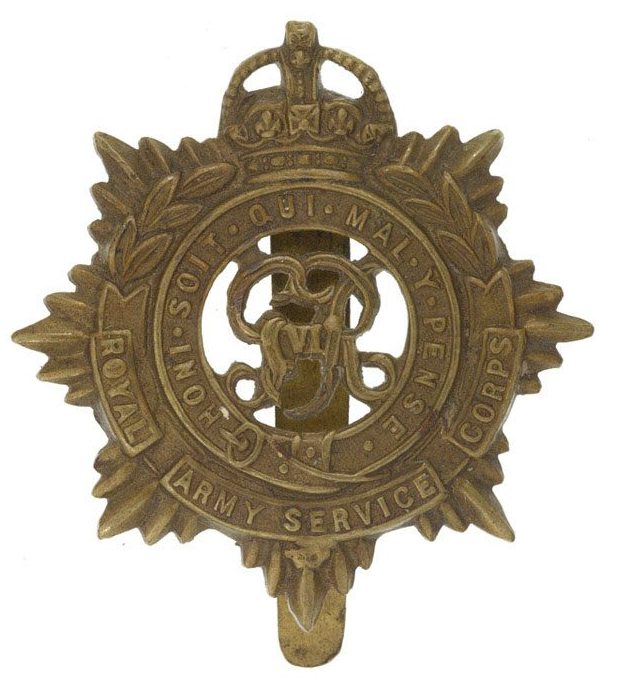Personal Details
Born: 29 October 1875 in Audlem, Cheshire.
Family: He was the eldest of eight children born to Joseph Davies, a domestic groom, and his wife Elizabeth. He married Ada Spencer on 27 December 1898 at Wrenbury Parish Church, Cheshire; four children were born to the couple – Edna, Alec, Octavia and Frederick.
Residence: In 1881 he was living in Highgate, Whitchurch, Shropshire with his parents and siblings; by 1891 the family had moved to Green End, Whitchurch. By 1901 he had married and was living with his mother in law in Frith Lane, Wrenbury, Cheshire. In 1911 he was living at Turfmoor, Edgerley, Kinnerley, near Oswestry, Shropshire. When he enlisted in 1915, the family were living at 5 Brookdale Cottages, Offerton, Stockport and by 1939 they had moved to 39 Gorsey Brow Street, Stockport.
Employment: His occupation in 1891 was a groom domestic servant, in 1901 a groom non domestic, in 1911 a nurseryman, in 1915 a groom and in 1939 a brewery worker.
Died: March 1968 in Stockport, aged 93.
Military Details
Regiment: Royal Army Service Corps
Rank: Private
Service Number: R/4/063471
Date of Enlistment: 19 April 1915
Date of Discharge: 27 February 1919
Reason for Discharge: Demobilisation
Fred was awarded the Campaign Medals (British War Medal, Victory Medal and 1914/15 Star).

The 1914 Star (also known as 'Pip') was authorised under Special Army Order no. 350 in November 1917 and by an Admiralty Fleet Order in 1918, for award to officers and men of the British and Indian Expeditionary Forces who served in France or Belgium between 5 August and midnight of 22–23 November 1914. The former date is the day after Britain's declaration of war against the Central Powers, and the closing date marks the end of the First Battle of Ypres.
The 1914–15 Star (also known as 'Pip') was instituted in December 1918 and was awarded to officers and men of British and Imperial forces who served against the Central European Powers in any theatre of the Great War between 5 August 1914 and 31 December 1915. The period of eligibility was prior to the introduction of the Military Service Act 1916, which instituted conscription in Britain.
The British War Medal (also known as 'Squeak') was a silver or bronze medal awarded to officers and men of the British and Imperial Forces who either entered a theatre of war or entered service overseas between 5th August 1914 and 11th November 1918 inclusive. This was later extended to services in Russia, Siberia and some other areas in 1919 and 1920. Approximately 6.5 million British War Medals were issued. Approximately 6.4 million of these were the silver versions of this medal. Around 110,000 of a bronze version were issued mainly to Chinese, Maltese and Indian Labour Corps. The front (obv or obverse) of the medal depicts the head of George V. The recipient's service number, rank, name and unit was impressed on the rim.
The Allied Victory Medal (also known as 'Wilfred') was issued by each of the allies. It was decided that each of the allies should each issue their own bronze victory medal with a similar design, similar equivalent wording and identical ribbon. The British medal was designed by W. McMillan. The front depicts a winged classical figure representing victory. Approximately 5.7 million victory medals were issued. Interestingly, eligibility for this medal was more restrictive and not everyone who received the British War Medal ('Squeak') also received the Victory Medal ('Wilfred'). However, in general, all recipients of 'Wilfred' also received 'Squeak' and all recipients of The 1914 Star or The 1914/1915 Star (also known as 'Pip') also received both 'Squeak' and 'Wilfred'. The recipient's service number, rank, name and unit was impressed on the rim.

